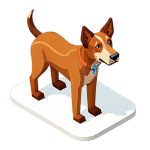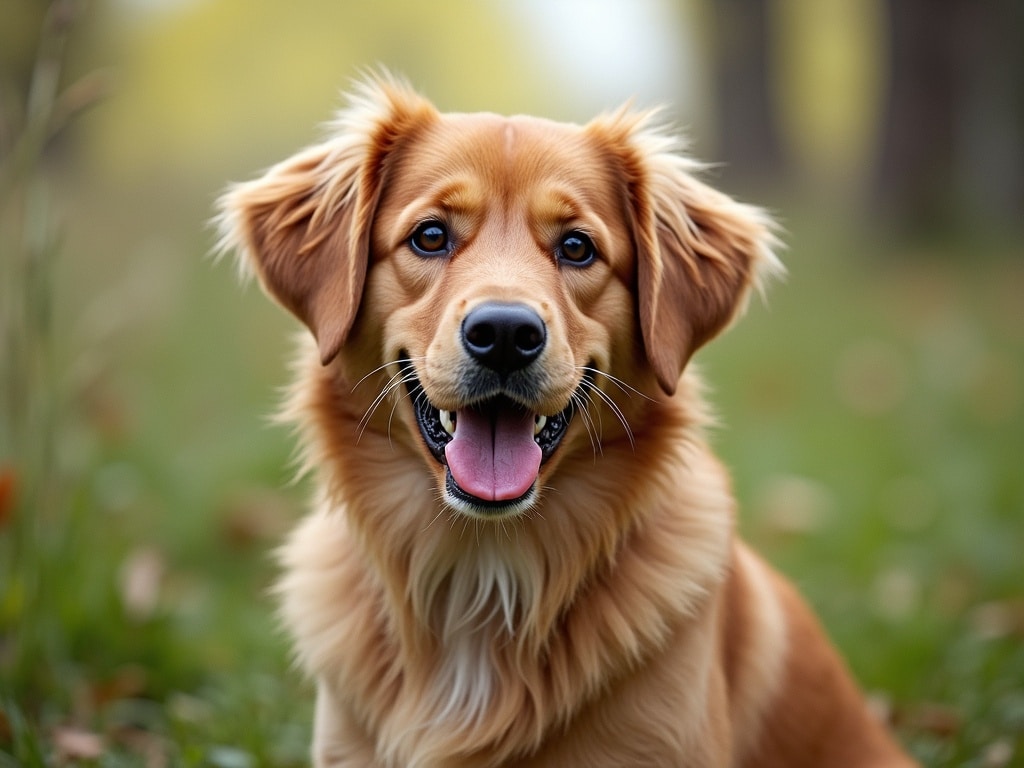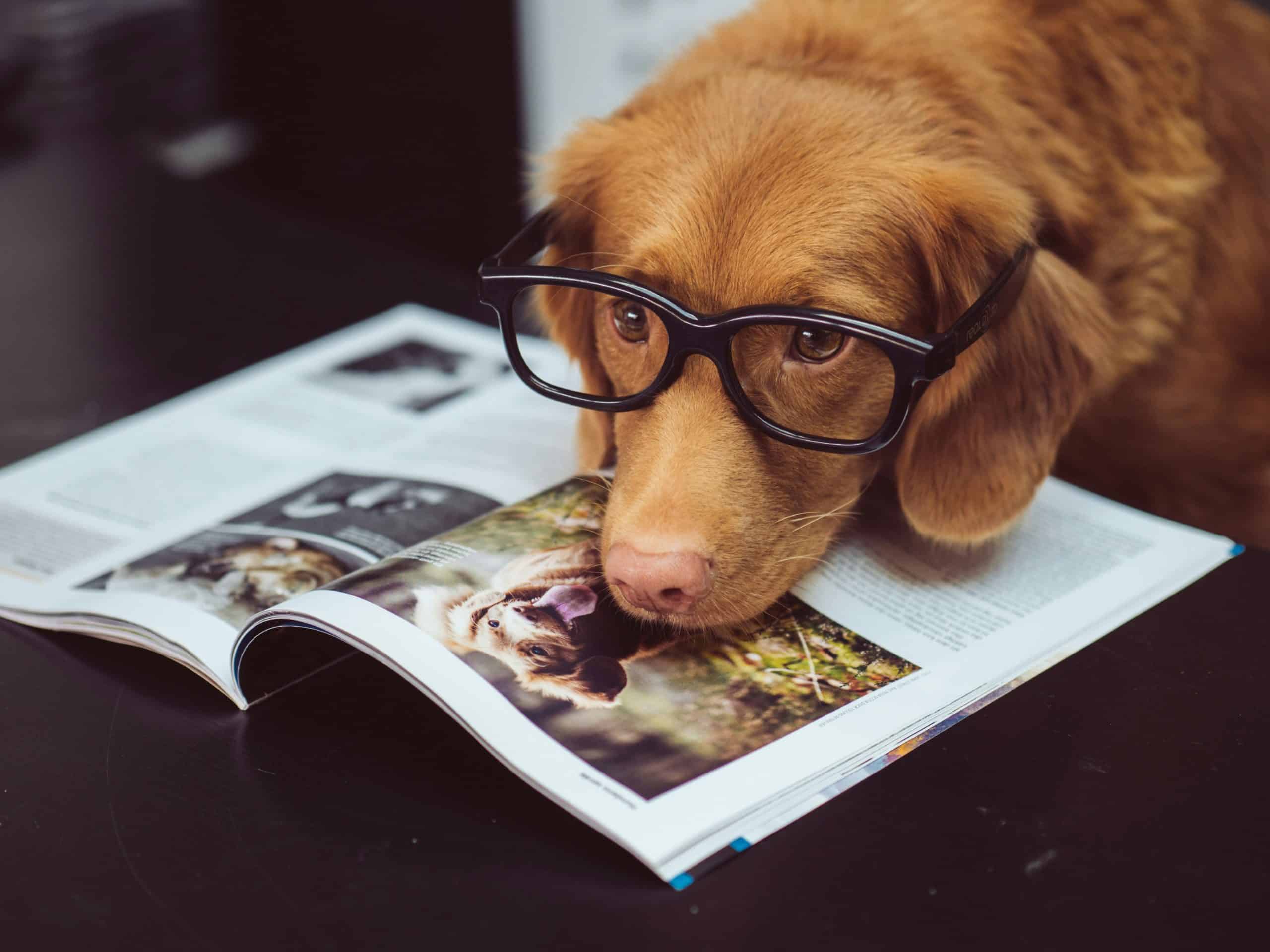Ditch the Dog Filter: Authentic Dog Photography Ideas to Show Their Real Beauty
Forget the dog filters and perfectly posed studio shots. Let's talk about capturing the real essence of your furry friend. Dog photography isn't just about snapping a picture; it's about capturing a personality, a moment, a feeling. It's about freezing those fleeting expressions and showcasing the unique beauty that makes your dog so special. This guide is packed with practical dog photography ideas to help you ditch the artificial and embrace authenticity.
Understanding Your Dog's Personality: What Makes Your Dog Unique?
Before you even pick up your camera, take a moment to truly observe your dog. Are they a goofy, playful pup, or a dignified, serene senior? Do they have a mischievous glint in their eye or a soulful, gentle gaze? Understanding your dog's personality is the key to capturing photos that truly reflect who they are. Think about their quirks, their favorite activities, and their individual expressions. Use these observations to guide your dog photography ideas. Is your dog energetic? Focus on action shots. Gentle and calm? Consider portraits that capture their serene nature.
Natural Light is Your Best Friend: How to Use Natural Light to Your Advantage
Ditch the harsh flash! Natural light is your best friend when it comes to dog photography. It's softer, more flattering, and helps to bring out the natural colors and textures in your dog's coat. The golden hour – the hour after sunrise and the hour before sunset – offers the most beautiful, warm light. Overcast days can also be ideal, providing a soft, diffused light that eliminates harsh shadows. Experiment with different times of day to see how the light affects your photos. When shooting indoors, position your dog near a window for the best results. Avoid direct sunlight, which can create harsh shadows and make your dog squint. Explore different light sources for unique dog photography ideas to suit any weather.
Capturing Action Shots: Tips for Photographing Dogs in Motion
Got an energetic dog who loves to run and play? Capturing action shots can be challenging, but incredibly rewarding. Here are a few tips:
- Use a fast shutter speed: This will freeze the motion and prevent blurring. A shutter speed of 1/500th of a second or faster is generally recommended.
- Focus on the eyes: Sharp focus on the eyes is crucial for any successful action shot. Use continuous autofocus mode to keep your dog in focus as they move.
- Anticipate the action: Pay attention to your dog's behavior and try to anticipate their next move. This will give you time to prepare and capture the perfect shot.
- Get low to the ground: This will give you a more dynamic perspective and make your dog look even faster.
- Use burst mode: This allows you to take a rapid series of photos, increasing your chances of capturing the perfect moment.
Consider a familiar environment where your dog feels comfortable unleashing their energy for your dog photography ideas.
Posing Without Stress: How to Get Natural Poses Without Forcing It
Forcing your dog into a pose will only result in stiff, unnatural photos (and a stressed-out pup!). The key is to be patient and create a relaxed environment. Use treats and toys to encourage your dog to look in the right direction. Don't be afraid to let them be themselves – sometimes the most authentic photos are the ones where they're simply relaxing or playing. Experiment with different angles and perspectives to find the most flattering poses for your dog. Remember, a happy dog makes for a photogenic dog! Try using commands they already know for easy dog photography ideas.
Close-Up Magic: Focusing on Details Like Eyes and Paws
Don't underestimate the power of a close-up! Zooming in on your dog's eyes can capture their emotions and personality in a way that a wide shot simply can't. Focus on the details – the texture of their fur, the wrinkles around their eyes, the pads on their paws. These little details can tell a story and add depth to your photos. Use a macro lens or zoom lens to get close-up shots without disturbing your dog. Consider the colors in their eyes and coat for a more enhanced and beautiful shot. Use these unique details as dog photography ideas.
The Power of Black and White: When and Why to Use Monochrome
Black and white photography can be a powerful tool for creating timeless and evocative images. It can strip away distractions and focus attention on the subject's form, texture, and emotion. Consider using black and white when:
- The colors in the scene are distracting or unflattering.
- You want to emphasize the texture of your dog's fur.
- You want to create a more dramatic or artistic effect.
- The photo has strong contrasts and interesting shadows.
Experiment with different black and white conversion techniques to find the look that you prefer. Look for strong character traits for your dog photography ideas when opting for monochrome.
Location, Location, Location: Choosing the Right Backdrop
The background of your photo can have a big impact on the overall composition. Choose a location that complements your dog's personality and coloring. A vibrant green park can be a great backdrop for a playful dog, while a rustic barn can be a perfect setting for a more stoic or serious pup. Pay attention to the details in the background – are there any distracting elements that you need to remove? Keep the background simple and uncluttered to avoid drawing attention away from your dog. Consider having your dogs favorite place become your next set of dog photography ideas.
Tell a Story: Capturing Your Dog's Day-to-Day Life
Think beyond posed portraits and capture your dog's day-to-day life. Photograph them sleeping, playing, eating, and interacting with their favorite people. These candid moments are often the most authentic and heartwarming. Create a photo series that documents your dog's daily routine, or focus on a specific event, like a walk in the park or a trip to the beach. These photos will not only capture your dog's personality but also create a lasting memory of their life. Be as creative as possible with this set of dog photography ideas.
Get on Their Level: Why Perspective Matters in Dog Photography
One of the simplest but most effective tips for dog photography is to get down on their level. Shooting from your dog's perspective can create a more intimate and engaging photo. It also allows you to capture details that you might otherwise miss, such as the texture of the grass or the patterns in the dirt. Kneel down, lie on the ground, or even use a small stool to get closer to your dog's eye level. You'll be surprised at how much of a difference it makes. These dog photography ideas will give you a different point of view you probably never thought of.
Essential Equipment: Camera Gear and Accessories for Dog Photography
You don't need expensive equipment to take great dog photos, but a few key items can make a big difference.
- Camera: A DSLR or mirrorless camera with interchangeable lenses will give you the most control over your settings, but even a smartphone camera can produce excellent results in good lighting.
- Lens: A zoom lens is versatile and allows you to capture both wide shots and close-ups. A prime lens with a wide aperture (e.g., f/1.8 or f/2.8) is great for portraits and creating a shallow depth of field.
- Treats and toys: These are essential for getting your dog's attention and encouraging them to pose.
- Collar and leash: A stylish collar and leash can add to the overall aesthetic of your photos.
Having the right equipment will help guide these dog photography ideas into becoming a reality.
Editing Tips for Dog Photos: Basic Photo Editing Techniques
Photo editing can enhance your dog photos and bring out their best qualities. Basic adjustments like brightness, contrast, and saturation can make a big difference. Crop your photos to improve the composition and remove distracting elements. Use sharpening to enhance details and reduce noise. There are many free and paid photo editing software options available, such as Adobe Lightroom, Photoshop, and GIMP. Here is another great article here: [Stop! Your Dog Pics Are Boring: The Ultimate Guide to Viral-Worthy Cute Dog Photos</a>]. Consider investing in photo editing software as part of your dog photography ideas.
Common Mistakes to Avoid: What to Watch Out For When Photographing Dogs
Even experienced photographers can make mistakes when photographing dogs. Here are a few common pitfalls to avoid:
- Using a flash: Flash can startle your dog and create harsh, unflattering light.
- Forcing your dog to pose: This will only result in stiff, unnatural photos.
- Ignoring the background: Distracting elements in the background can draw attention away from your dog.
- Not getting down on their level: Shooting from above can make your dog look smaller and less impressive.
- Giving up too easily: Dog photography requires patience and persistence. Don't be afraid to experiment and try different techniques.
With careful attention, you can avoid these common mistakes in your dog photography ideas.
Celebrating Imperfections: Why Flaws Can Make a Photo More Authentic
Don't strive for perfection. Sometimes, the most beautiful photos are the ones that capture your dog's imperfections – a crooked tooth, a scar on their nose, a patch of missing fur. These flaws tell a story and make your dog unique. Embrace the imperfections and let them shine through in your photos. Your dog photography ideas should reflect the true beauty of your dog.
Dog Photography Safety: Keeping Your Dog Safe During Photoshoots
Your dog's safety should always be your top priority. Pay attention to their body language and make sure they're comfortable and relaxed. Avoid forcing them into uncomfortable or dangerous situations. Be aware of your surroundings and watch out for potential hazards, such as traffic, wildlife, and poisonous plants. Bring plenty of water and treats to keep your dog hydrated and motivated. And most importantly, have fun! Be mindful of your dog's limits when trying new dog photography ideas to ensure their safety and well-being.


